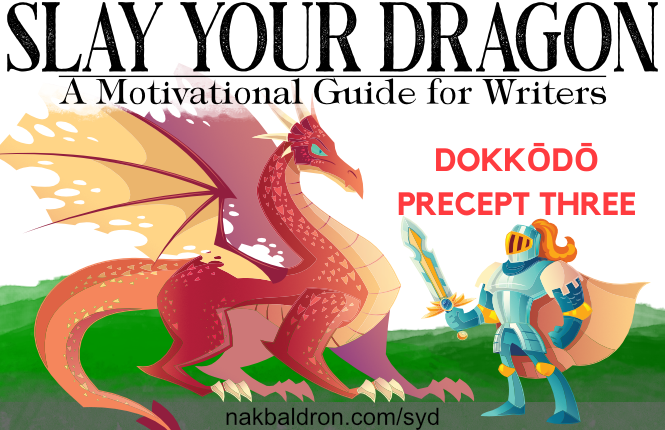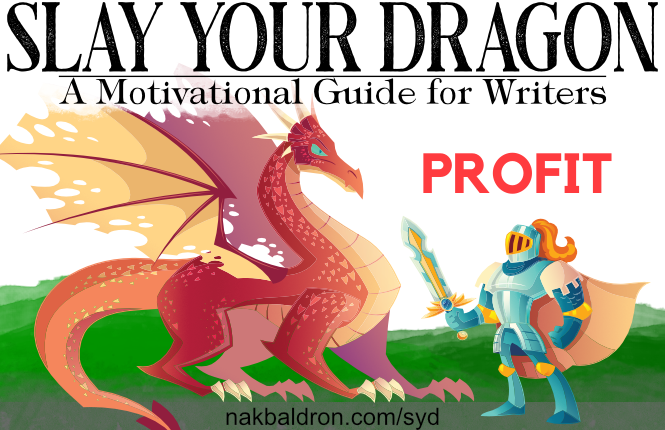Genre Identification
When positioning your novel in the market it’s more than just picking a parent genre (Romance, Mystery, Fantasy, etc..); it’s about selecting the most detailed sub-niche you can identify in the market.
Ideally this process has begun long before you wrote the first word, but if you’re anything like me, you wrote the novel first and now it’s time to sell it.
How do we position ourselves for success?
I’m going to write this assuming you have zero audience and are starting from scratch, but I’ll reference how to get feedback from series prequel freebie.
Further Reading: Write That Freebie: How Series Prequel Freebies Create Superfans
Genre Niche
I’m going to assume you know your main genre, but maybe it’s hard for you to identify your actual niche within it.
I’ll use Mystery as an example:
Specifically Cozy Mystery (a larger sub-category)
If you want to save time https://k-lytics.com/ is an excellent resource for identifying niches, but you can accomplish the same thing manually.
To follow along, open this in a new tab https://www.amazon.com/Best-Sellers-Kindle-Store-Cozy-Mystery/zgbs/digital-text/6190476011
From this we can see we’re in ‹ Kindle Store ‹ Kindle eBook ‹ Mystery, Thriller & Suspense ‹ Mystery < Cozy
That’s already deep into the sub-genres, but we can go further!
Animals
Crafts & Hobbies
Culinary
Your first step is to identify which of these three categories is the best fit for your novel. (Now most books can fit in two or even all three, but it’s about “best fit”)
Take my series for instance Hill Country Mysteries, this fits into all three, and it’s a very close call as to whether Animals or Culinary are the “best fit”.
(Yes, I can hear you already. You can place your novel in all three. This isn’t about what categories you show up in, but rather how best to position your novel in the market)
As such I settled on Animals as the primary (the cat inside talks, clearly animal dominate. The series even has side stories from the cat’s POV.), but the cover also shows an active café because that’s where the story centers around.
But the key point is the main character and POV, is nowhere on the cover. This was a deliberate choice.
Further Reading: How to Pick and Use Cover Trends
Niche Within Niche
(I promise we’re getting to covers and testing.)
We’ve placed HCM into the Animals subcategory of Cozy, but did you know there are even more niches within that category?
Amazon initially allows only so many sub-niches before it decides to cut them off. However, they’re also constantly adding more “secret niches” to the main categories as they grow in size.
Within Animals there are two predominate “secrete niches” Cats and Dogs (and yes cats beat out dogs in sales and more importantly amazon searches; more on this later). You’ll also find series that center around other animals, but those are so niche that few if any readers are searching for them.
If you’ve ever heard the advice pick the largest niche you can/want to write in, this is what that hinges on.
Now, I would be lying if I said I did market research on cat vs dogs before choosing, I picked a cat because I love cats. It just happened to align with the general reader sentiment.
So now we’ve landed on the smallest possible niche for our series that makes logical sense. But we’ve also identified a secondary niche that makes sense too, cafes/coffee/bakeries.
Cover Design Process
Before you even consider what to put on your cover (I know it’s hard your mind is racing with ideas of what you want to see) you need to research the market and identify what readers want.
At the end of the day, a book cover is just a piece of marketing to help readers identify which books they want to read. If you commission a unique cover, you’ll limit the number of readers who can self-select into reading your series.
Going back to the Freebie mentioned earlier.
Ideally you wrote a prequel story that ties into the main series. All the more valuable if it answers a character mystery because then you can use it in the back of your novel to get proven readers to sign up onto your Newsletter.
“Likewise, if you use the prequel correctly, by writing back story for your main character ideally centered around a mystery as to why they are the way they are: a character’s weakness or need (if you follow John Truby’s Anatomy of Story), you’ll drive your current readers into the freebie, allowing you to collect their email address.” https://www.nakbaldron.com/write-that-freebie-how-series-prequel-freebies-create-superfans/
(You do have a Newsletter right?)
Further Reading: Newsletter Builders: how & why they kickstart your author career
The reason this prequel is so valuable is to setup a Goodreads review page and then read what readers focus on in their reviews. You can also get good responses through your newsletter if you ask for feedback, but that’s more a guided response, so its preferable to identify your “secret niche” through reviews.
If several readers keep mentioning the cat (like they did in ours) then obviously that becomes the ideal marketing material for your book.
Maybe for you it’s the relationship between the POV and her best friend? In which case you would want to lean into that and signal that on your cover and inside your blurbs.
A/B Testing
Now to the crux of the article.
A/B testing on Facebook can be an invaluable insight.
The nuts and bolts:
Set up a Campaign (Series Title_Cover Test)
Inside that campaign set up two, no more than three ad sets, all of which will target the same audience. (Name the ad set your thematic image focus)
Now inside those ad sets start with two ads, each with the exact same image, but you’re going to change the sales copy of the ad. Write two separate blurbs.
This means you’ll have to write 4-6 blurbs based on the size of your testing.
Further Reading: How to Write a Sizzling Synopsis Blurbs match the thematic elements of the image.
WAIT!
Before you run off to buy three new covers and test your ads, there’s a better way!
Test your thematic elements by using images from your favorite site.
I recommend https://depositphotos.com
For a fraction of the price, you can find 4-6 scenes that encapsulate your novel. (You’ll also be able to use these images in the future for FB ads. WIN WIN)
Instead of testing finalized covers, use the images as a proxy. You’ll have to focus on the thematic elements within the image to highlight the core branding you’re going for. But at the end of the test, you’ll also have an excellent image to show your cover artist for inspiration, which will make the process easier for both of you.
Further Reading: How to Identify and Pick “To Market” Covers
Want to learn more about rebranding, target niche selection, cover design decisions, all based on examples from Hill Country Mysteries? Join Aconite Café’s Writer Tribe Patreon, where I’ve expanded upon this article with a highly detailed breakdown on how we took Hill Country Mysteries from struggling to find readers to successful in the market by rebranding.
You’ll gain access to an exclusive Discord section, where we host weekly voice chats. I present a topic for discussion and then answer questions from patrons like you to provide further knowledge.





